Among magnetic recording devices, cassette tapes were the most versatile. Various types of recorders existed to accommodate different uses. Here, we mainly focus on Japanese-made cassette tape recorders.
1962: The First Cassette Tape Recorder - Philips EL-3300
Naturally, the first cassette tape recorder was produced by Philips, the company that established the cassette tape standard. It serves as a textbook example of a product that fully utilizes the compact nature of cassette tapes.
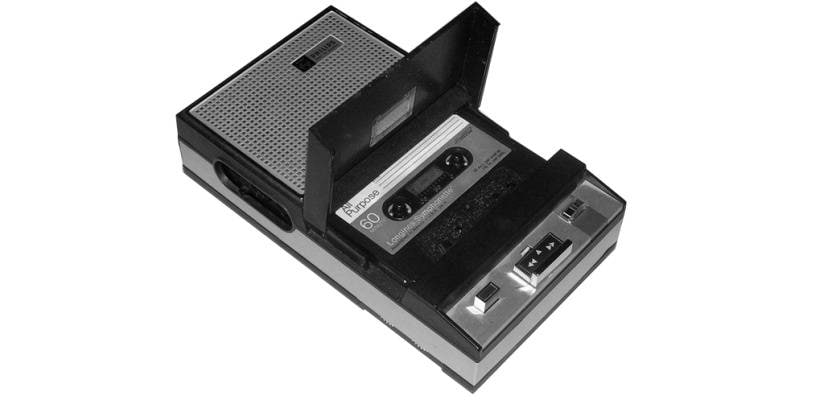
1967: Japan’s First Cassette Tape Recorder - AIWA TP-707P
Early Japanese cassette recorders predominantly adopted a horizontal loading mechanism, closely following Philips’ example. However, by the 1970s, Japanese manufacturers started dominating the global cassette tape market. It wasn’t just about performance—many innovative ideas also originated from Japanese companies.
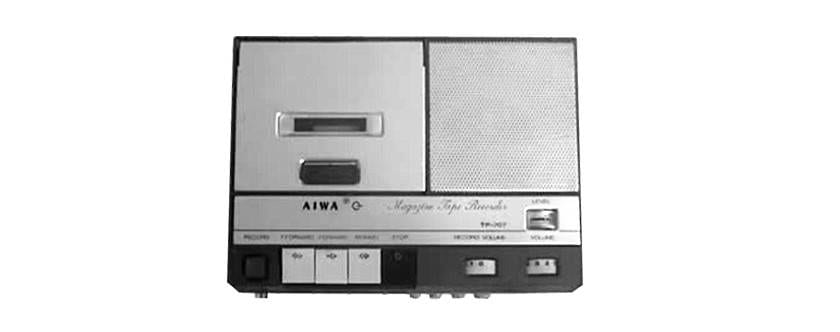
1967-68: The Emergence of Boomboxes - Matsushita Electric RQ-231
As expected, the idea of combining a radio with a cassette player soon emerged, leading to the creation of the boombox. This familiar term seems to have achieved timeless recognition.

1968: The First Cassette Deck - TEAC A-20
Early cassette recorders prioritized compactness and ease of use over sound quality. However, the TEAC A-20 was designed as a high-fidelity deck. As a company renowned for its open-reel tape recorders, TEAC introduced this ambitious product with a focus on audio quality. Since it was a deck, it was meant to be used in combination with an amplifier.
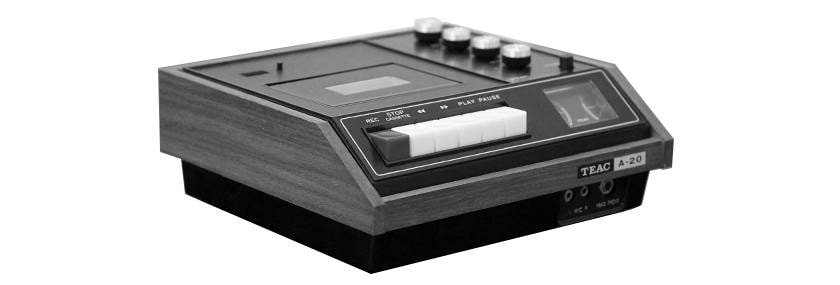
1968: Cassette Tapes in Car Stereos - Clarion
Before cassette tapes, other magnetic tape formats such as 8-track cartridges existed. However, they were primarily for playback, not for personal recording, and therefore never gained widespread popularity. The introduction of cassette tapes in car audio systems, allowing users to freely record their favorite songs, led to their rapid adoption.
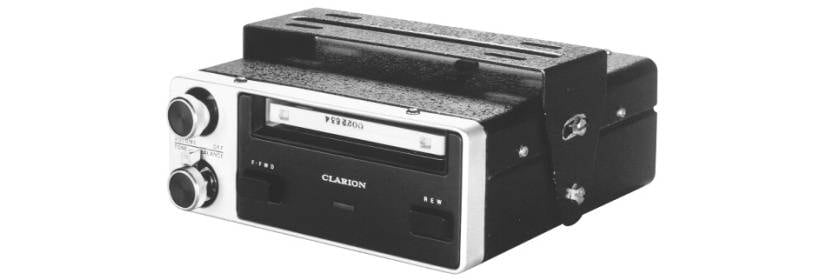
1973-: The Vertical Cassette Deck Trend
Around this time, cassette decks started shifting from horizontal to vertical tape insertion. This design had various advantages, particularly when used as part of a component stereo system, and soon became the standard.
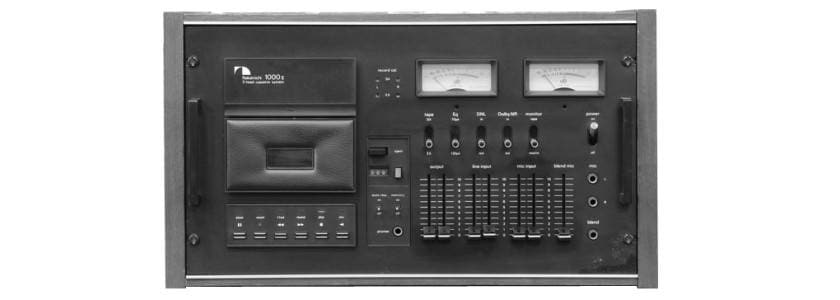
1976: The Dual Cassette Deck - Clarion MD-8080A
A dual cassette deck could hold two tapes, making tape-to-tape dubbing much easier. By the 1980s, even boomboxes commonly featured dual cassette decks.
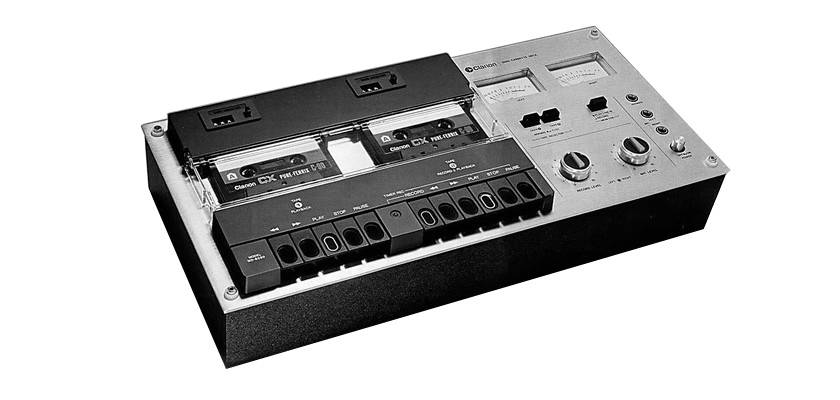
1978: The Introduction of Auto-Reverse - AKAI GXC-735D
Cassette tapes had an A-side and a B-side, requiring manual flipping. Auto-reverse technology automated this process. Most systems achieved this by either rotating the tape head to reverse the playback direction or using a bidirectional fixed head. Nakamichi later introduced a rare exception, the RX-505, which physically flipped the cassette. By the 1980s, auto-reverse had become a standard feature.
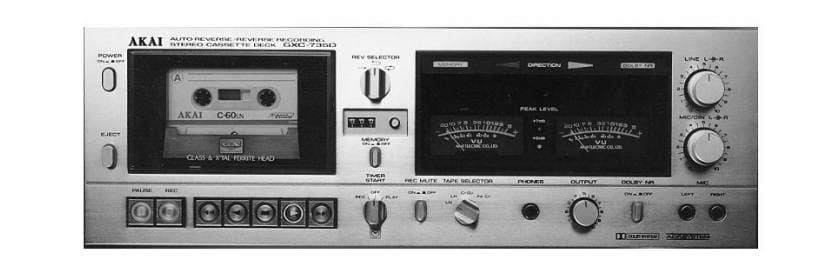
1979: The First Portable Cassette Player - Sony Walkman
Despite being a playback-only device, the Walkman became a massive hit, prompting many other manufacturers to enter the market. The year 1979 saw a flood of innovative new cassette-related products.
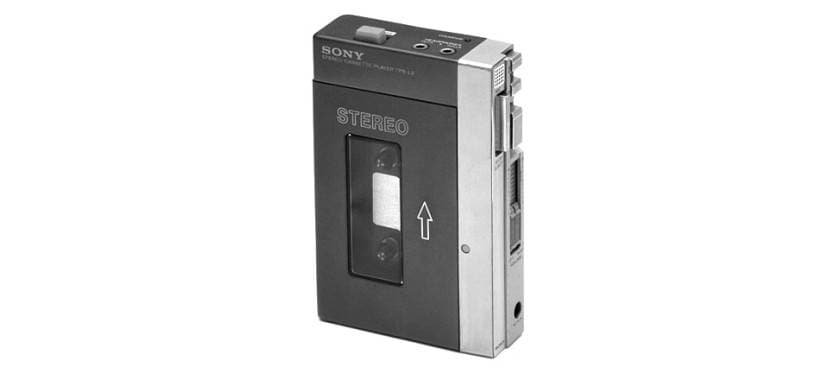
1979: The First Dual Cassette Boombox - Sharp GF-808
This was the first boombox to feature dual cassette decks. It also marked the beginning of the trend of larger and more powerful boombox designs. I actually owned this model as a child and learned how to use cassette tapes with it.
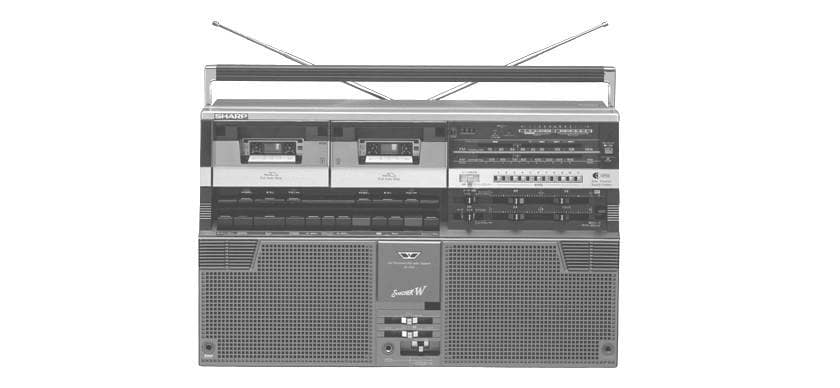
1979: The First Multitrack Cassette Recorder - TEAC 144 Portastudio
The TEAC 144 was the pioneer of multitrack cassette recorders (MTR). It sacrificed standard compatibility by using a higher tape speed of 9.5 cm/s in favor of improved sound quality. TEAC specifically targeted professional and semi-professional users.
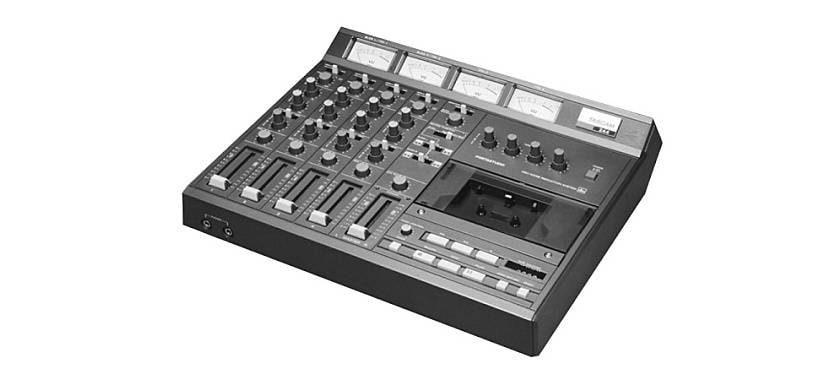
Late 1970s-Early 1980s: The Rise of Data Recorders
Cassette tapes were also used to store computer data, with about 32KB of data fitting into a 15-minute tape. Video game software was also distributed on cassette tapes. While floppy disks were emerging at the time, they were prohibitively expensive—often costing hundreds of thousands of yen. Hobbyist users relied on affordable data recorders, which were available for around 10,000 yen.
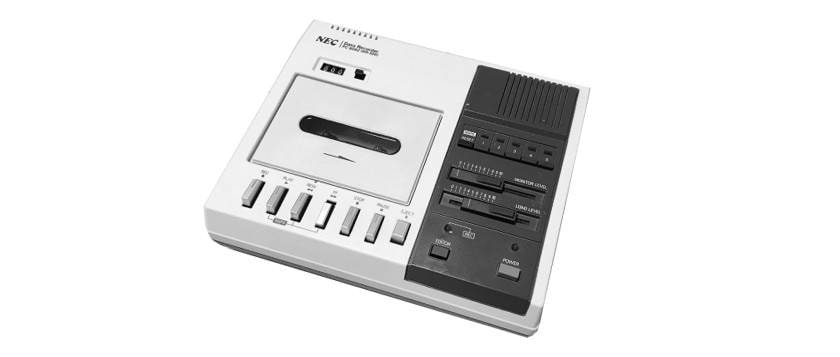
The 1980s
During the 1980s, the variations introduced in the late ’70s became more refined, more affordable, and reached younger audiences. Whether prioritizing sound quality or convenience, cassette tape technology diversified to meet every possible need.

1986-: The Advent of CD Boomboxes
As CDs became widely available and CD players became cheaper to manufacture, CD-equipped boomboxes naturally gained popularity. The demand for deeper bass led to the emergence of many bulky, high-power models. Until the rise of MiniDiscs (MDs), cassette tapes remained the primary medium for recording. The Sony CFD-K10 (1990) was one of my favorites due to its clean design, standing out among many overly bulky CD boomboxes.
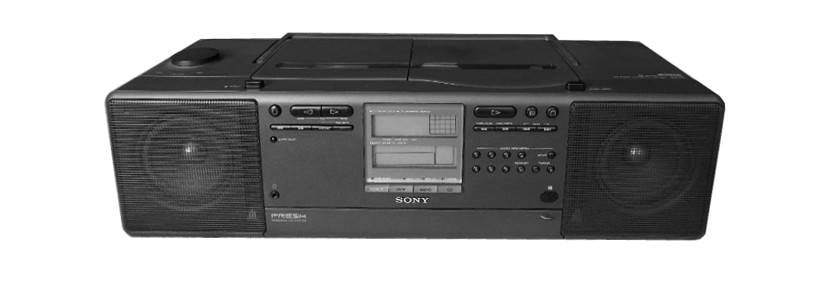
The 1990s
As MiniDiscs arrived in the 1990s, cassette tapes began to decline as an outdated medium. There was even a strange period when devices with a radio, CD, and MD were still called boomboxes.
2000s-Today
Although options are now limited, cassette-type boomboxes, portable players, and decks are still available at relatively low prices. It’s clear that cassette technology persists not as a niche collector’s item but as a practical tool. TEAC, which has long been dedicated to producing high-quality recorders, continues to manufacture cassette decks. In professional settings such as broadcasting studios, situations may still arise where cassette playback is necessary. Knowing that reliable cassette decks are still in production is reassuring and a welcome sight.

The “sound & person” column is made up of contributions from you.
For details about contributing, click here.











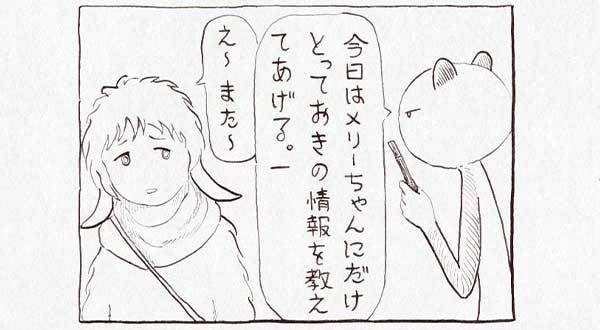
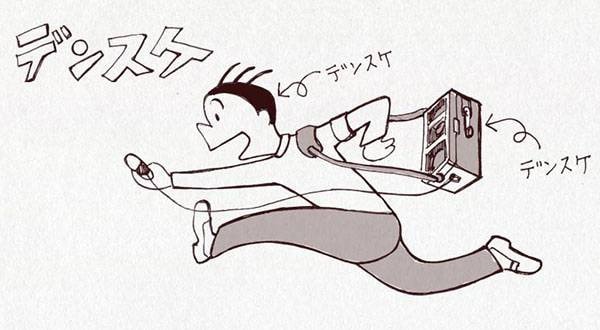
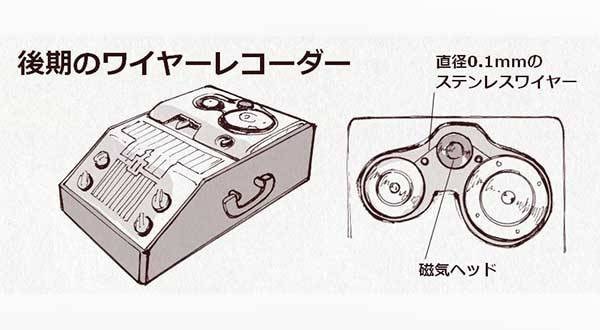
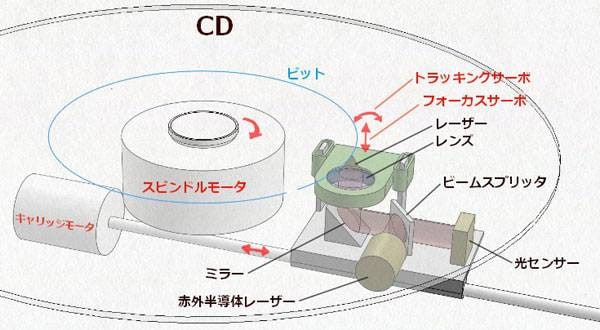
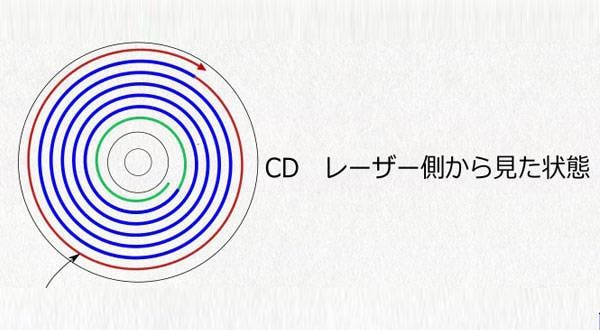
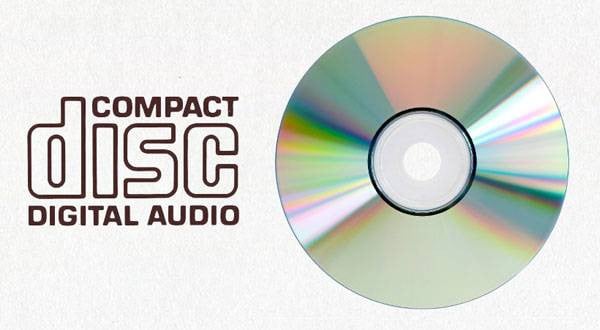
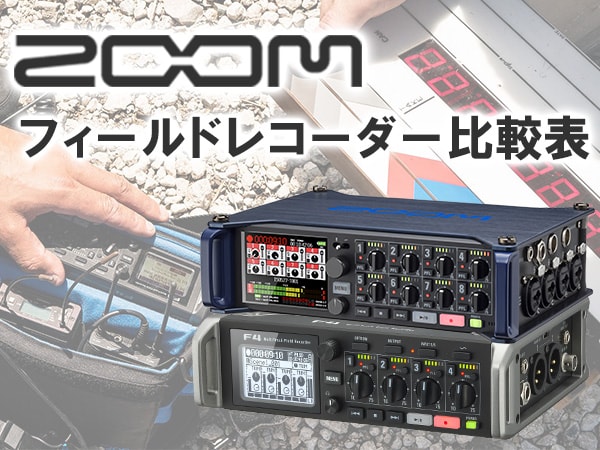 ZOOM フィールドレコーダー比較表
ZOOM フィールドレコーダー比較表
 ZOOMマルチトラックレコーダー Rシリーズ比較表
ZOOMマルチトラックレコーダー Rシリーズ比較表
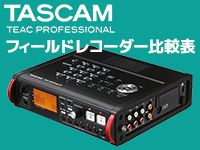 TASCAMフィールドレコーダー 比較表
TASCAMフィールドレコーダー 比較表
 ZOOMレコーダー 比較表
ZOOMレコーダー 比較表
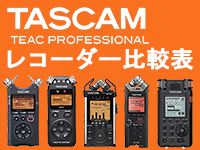 TASCAMレコーダー 比較表
TASCAMレコーダー 比較表
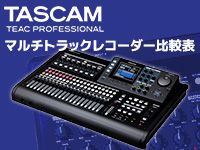 TASCAMマルチトラックレコーダー 比較表
TASCAMマルチトラックレコーダー 比較表















